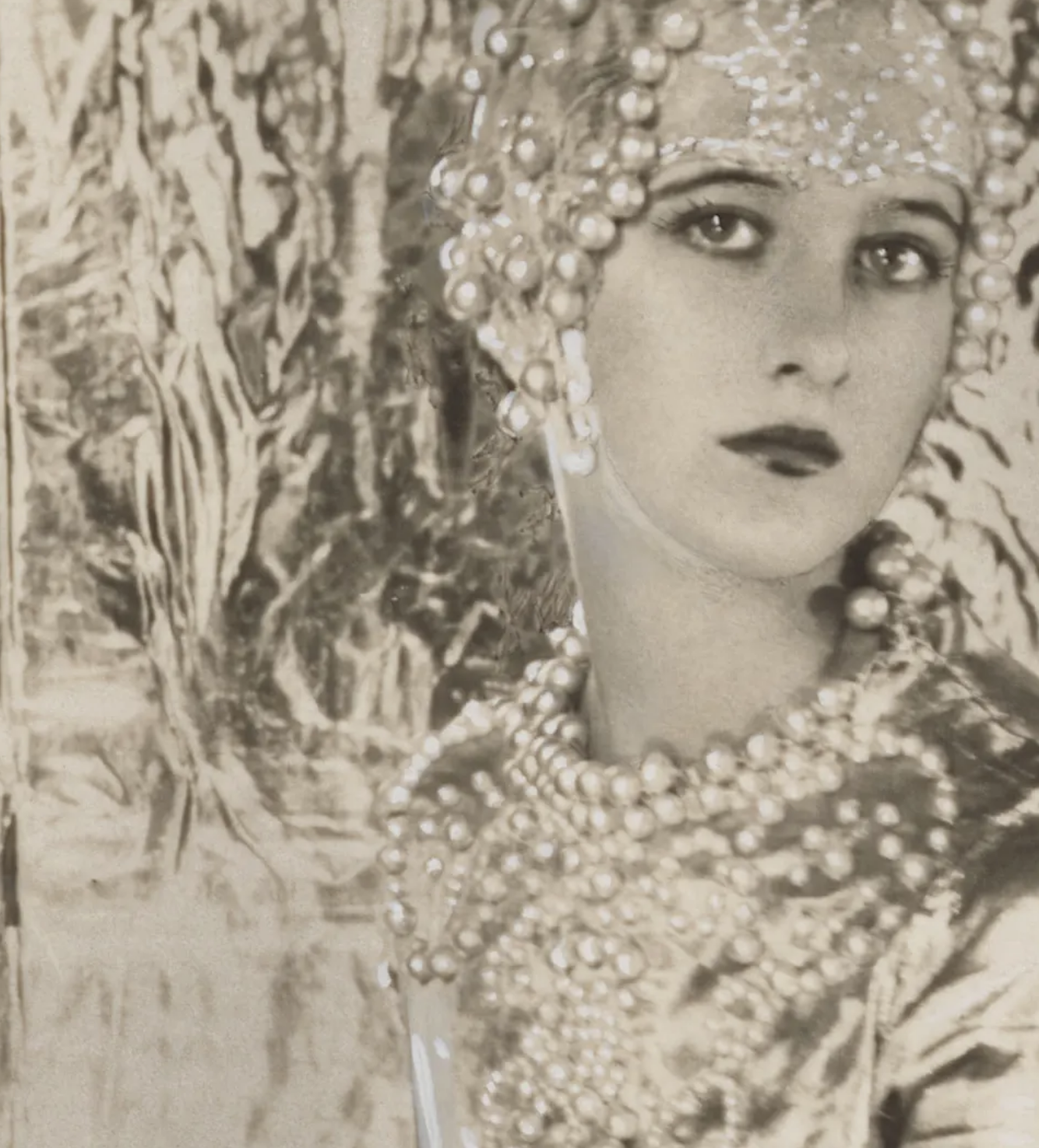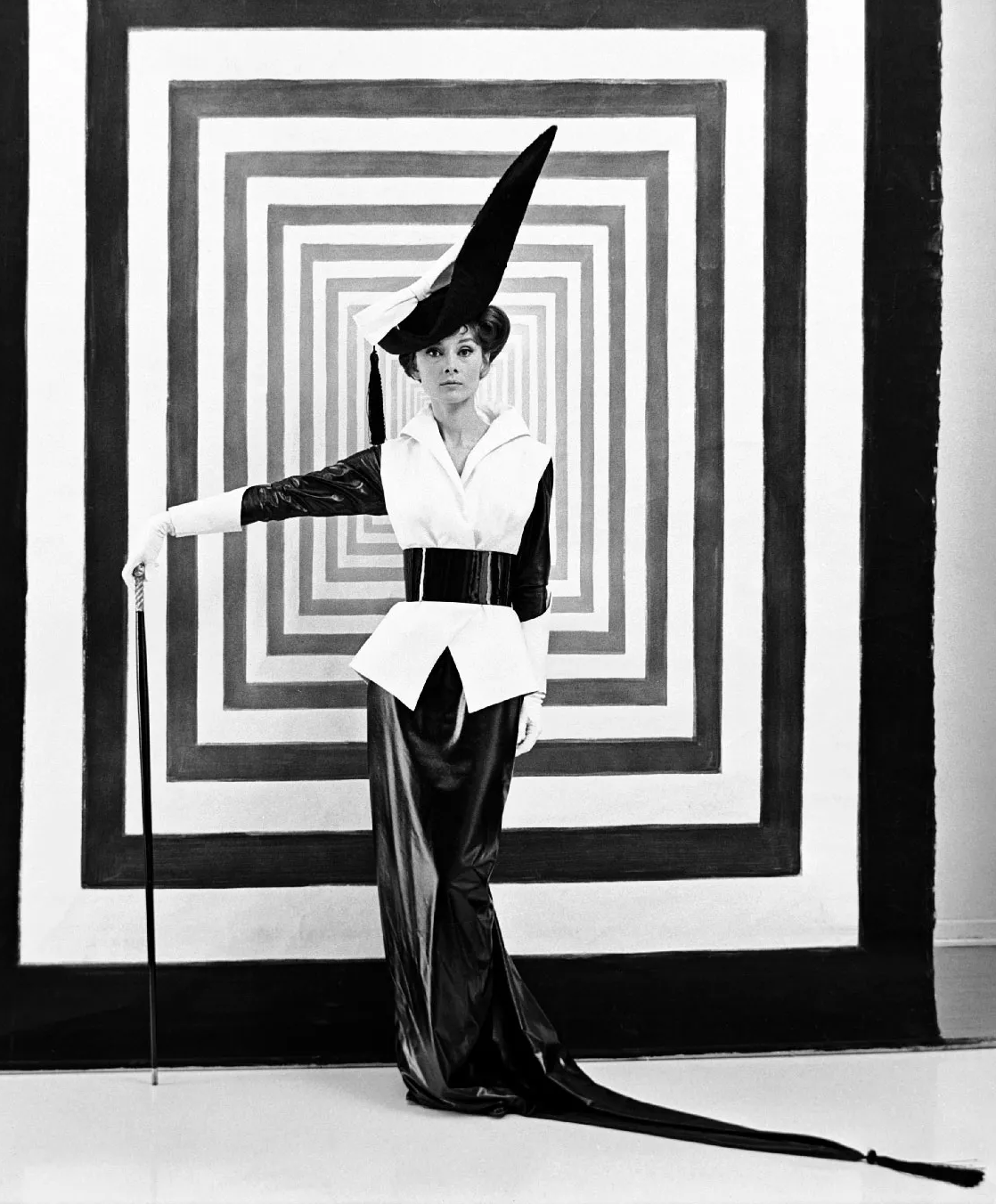Cecil Beaton: Preserving the Fleeting Moment
Cecil Beaton by Paul Tanqueray, 1937. National Portrait Gallery, London. © Estate of Paul Tanqueray
‘I exposed thousands of rolls of film, wrote hundreds of thousands of words, in a futile attempt to preserve the fleeting moment.’
Cecil Beaton
I recently watched a splendid film documenting the life and work of the photographer, designer, artist and writer Cecil Beaton: ‘Love, Cecil’ (2017) by Lisa Vreeland.
Beaton recorded the flamboyant lives of the Bright Young Things. He took glamorous photographs of Vogue fashion models, Hollywood movie stars and British royalty. He supported the war effort with touching portraits of people in peril. He designed fabulous costumes and sets for stage and screen. He was an aesthete and a modernist, a dandy and a diarist. He was a man on a relentless quest for beauty.
‘I think that beauty is only static for so long. And then we move on.’
Let us consider what Beaton has to teach us.
1. ‘Wander in the Labyrinth of Choice’
A portrait of Baba Beaton, the photographer’s sister. Photograph: Cecil Beaton/National Portrait Gallery/PA
Cecil Beaton was born in 1904 in Hampstead, England. His father was a timber merchant and he had a comfortable middle-class childhood. From an early age he collected cinema magazines, theatre programmes and postcards of stage performers. At 11 he was given his first camera, a Box-Brownie, and taught how to use it by his nurse Ninnie. He refined his skills by photographing his two sisters, Nancy and Barbara, arranging them in the elegant fashions and poses he’d observed in his magazines.
Beaton did not enjoy school. He was a poor scholar and was bullied - by Evelyn Waugh amongst others.
‘I learned a lot at school, but nothing to do with the things I should have learned.’
At Cambridge University he dedicated his time to the Amateur Dramatic Club and to his love of the arts.
‘I set about becoming a rabid aesthete. I took a passionate interest in the Italian renaissance, in Diaghalev’s Russian ballet, and of course in the theatre and in photography.’
Beaton left Cambridge without a degree. A brief period in the family timber business didn’t work out, and he was a source of some frustration to his father.
Interviewer: What was it that made it difficult to get on with your father?
Beaton: Well I think it was very difficult for my father to get on with me.
Beaton had many creative interests, but was at a loss what to do with himself.
‘Some people tend to know their vocation instinctively and follow a single path their whole lives. Others wander in the labyrinth of choice.’
2. ‘Attempt to Preserve the Fleeting Moment’
The Bright Young Things
Interviewer: What were your ambitions at that time?
Beaton: To be able to demonstrate that I was not just an ordinary, anonymous person.
Through his friend Stephen Tennant, the son of a Scottish peer, Beaton gained access to the group of patrician socialites popularly known as the Bright Young Things.
Beaton photographed this hedonistic set at Bloomsbury costume parties and charity pageants; at country house weekends and on treasure hunts. He photographed them in glittering gowns against sequinned curtains; with feathered fans, beaded skullcaps and strings of pearls; in medieval, regency and nautical fancy dress; against backdrops of flora and fauna, of gypsophila and cellophane. Here’s Rex Whistler playing a wandering minstrel; Tallulah Bankhead with a witch’s ball; Georgia Sitwell with her borzoi; Lady Loughborough under a bell jar.
‘Our activities were all done with zest and originality. What a rush life had become.’
In his images Beaton created an escapist realm of dreams and fantasy, tinged with surreal strangeness. He sought not to reveal the world as he found it, but as he wished it to be. Above all he endeavoured to capture fleeting moments of beauty.
‘What a marvellous thing great physical beauty is. It’s nothing less than a living miracle. It’s not the result of achievement, skill, patience or endeavour. It’s just a divine happening.’
Beaton’s society photographs helped to build his reputation, and in 1928 he travelled to New York where he got a job with Vogue that sustained him for the next ten years.
Marlene Dietrich, 1930
Employing the same techniques of artifice and allure that he had applied to the Bright Young Things, Beaton photographed Hepburn, Welles and Dietrich; Gary Cooper, Judy Garland and Douglas Fairbanks Jnr; fashion models surrounded by flowers, masks, hat boxes and hat stands, interacting with newspaper headlines, artists’ illustrations and expressionist shadows; set against polka dots, chiffon and lace.
Buoyed up by his success, in 1930 Beaton leased Ashcombe House in Wiltshire, where he set about entertaining a glittering circle of artists, actors and aristocrats.
3. ‘Appreciate Beauty in Very Much Wider Fields’
Eileen Dunne in The Hospital for Sick Children, 1940. (detail) by Cecil Beaton
In 1938 Beaton's time with Vogue came to an abrupt end when he inserted a small-but-legible anti-Semitic slur into an illustration for a magazine piece about New York society. The issue was withdrawn. Beaton was forced to publish a statement of apology and then fired. He left New York in disgrace.
Back in England, with the outbreak of the Second World War, Beaton was offered a job at the Ministry of Information.
‘It was clear that in anything connected with soldiering I would be a real sad sack. But I wanted to be useful.’
Beaton captured compelling images of the City in ruins after the Blitz; a woman welder at a shipyard; a sailor repairing a signal flag; a pilot in the cockpit of a Wellington bomber; an injured child in hospital holding her teddy bear. He travelled to Burma, China and Egypt and photographed troops in gasmasks; soldiers sharing a consoling cigarette; contorted tank wreckage buried in the sand.
‘In the hangers of an aerodrome I found more thrilling sets than in the Hollywood studios.’
Beaton had grown to appreciate that visions of beauty can be found in the ordinary and everyday; in times of crisis and despair.
‘I think with experience, looking around in life, the photographer gets to appreciate beauty in very much wider fields.’
Gradually Beaton rebuilt his reputation. His rehabilitation was further assisted by royal patronage. In 1937 he had taken the wedding pictures of the Duke and Duchess of Windsor, and in 1939 he was invited to photograph Queen Elizabeth (later Queen Elizabeth the Queen Mother). He went on to record the birth of Prince Charles and the coronation of Queen Elizabeth II. In all, he photographed some 30 members of the British royal family.
4. Be Neither Bored Nor Boring
Audrey Hepburn on set for the film of My Fair Lady, 1963
Beaton patched up his relationship with Vogue, and after the War he received a stream of commissions for fashion spreads and celebrity portraits. In 1947 he bought his own home and gardens, Reddish House in Wiltshire.
'All I want is the best of everything and there's very little of that left.'
Beaton turned his attention to designing sets, costumes and lighting for the Broadway stage. His theatre work led to assignments on two Lerner and Loewe film musicals, ‘Gigi’ (1958) and ‘My Fair Lady’ (1964), each of which earned him the Oscar for Best Costume Design. ‘My Fair Lady’ was particularly memorable for the way that it presented an enhanced, contemporised vision of the Edwardian grandeur of his childhood.
‘The visual really guides my life more than anything.’
Beaton had boundless energy for work and play, a restless visual appetite. Through the ‘60s and ‘70s he continued to seek out new and interesting talent, creating memorable images of Warhol and Hockney; Jagger and Streisand; Twiggy, Jean Shrimpton and Penelope Tree.
‘I have always complimented myself on my stamina, and can wear out even my younger friends when it comes to work or play. I can still think of myself as a rather appealing Bright Young Thing.’
Mick Jagger
Beaton compiled scrapbooks of visual delights and published six volumes of diaries, covering the years 1922–1974. He had affairs with both men and women, and he once proposed to Greta Garbo. But ultimately he was unhappy in love. He was of course a social climber. He could be snobbish, insecure and vindictive, and he was always falling out with people. His list of adversaries included George Cukor, Noel Coward, Katharine Hepburn, Elizabeth Taylor and Richard Burton.
‘He gathers enemies like other people gather roses.’
Truman Capote
Occasionally, in more reflective moments, Beaton expressed a note of regret.
‘I think perhaps I’ve been much too outspoken on rather trivial subjects.’
In the twilight of his career Beaton’s contribution to photography, theatre, film and fashion was celebrated in exhibitions at the V&A and the National Portrait Gallery, and in 1972 he was knighted.
Two years later Beaton suffered a stroke. He died in 1980 at home at Reddish House, four days after his 76th birthday.
'Perhaps the world's second worst crime is boredom. The first is being a bore.’
We spend a good deal of time nowadays celebrating authenticity and gritty realism; endeavouring to reflect the world as it truly is. Beaton reminds us that sometimes it is appropriate to suspend disbelief; that there is also merit in artifice and romance, glamour and fantasy, taste and style; that there is value in seeking and preserving beauty in its purest forms.
‘Be daring, be different, be impractical, be anything that will assert integrity of purpose and imaginative vision against the play-it-safers, the creatures of the commonplace, the slaves of the ordinary.’
'Every duke and earl and peer is here.
Everyone who should be here is here.
What a smashing, positively dashing
Spectacle: the Ascot opening day.
What a frenzied moment that was!
Didn't they maintain an exhausting pace?
'Twas a thrilling, absolutely chilling running of the
Ascot opening race.’
Ascot Gavotte, ‘My Fair Lady’ (A Lerner / F Loewe)
No. 344







